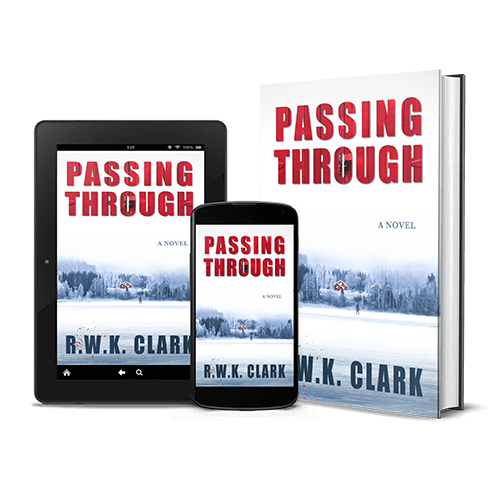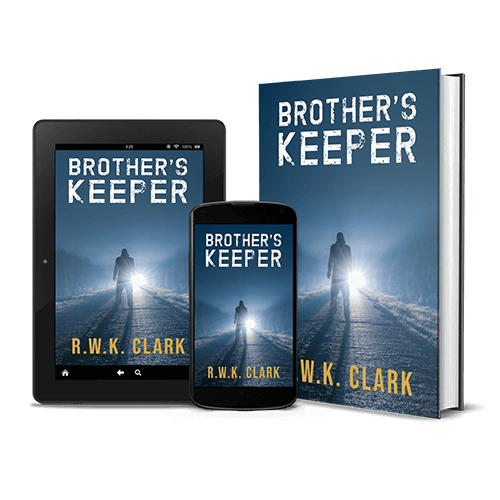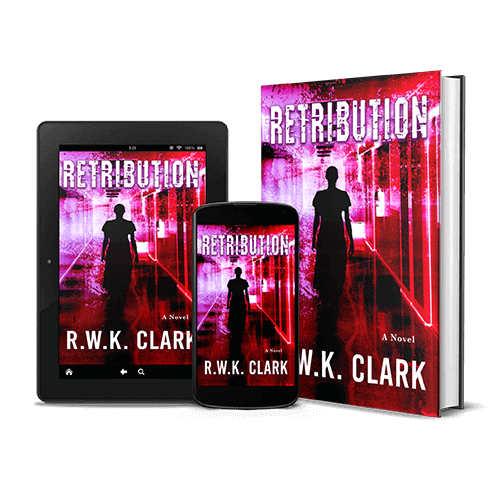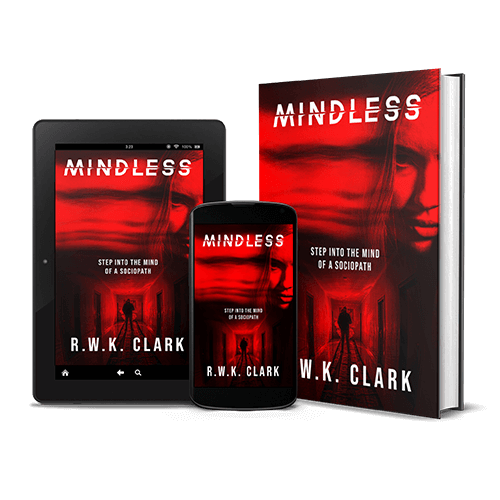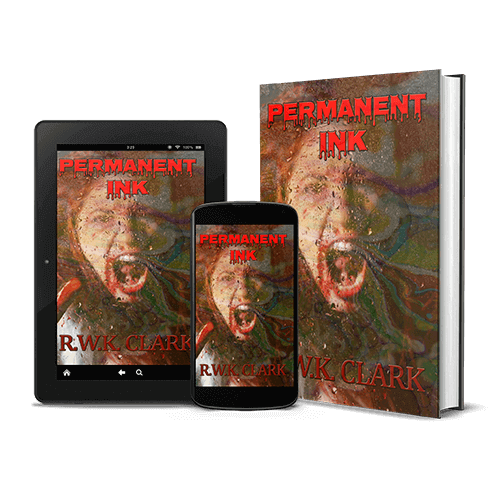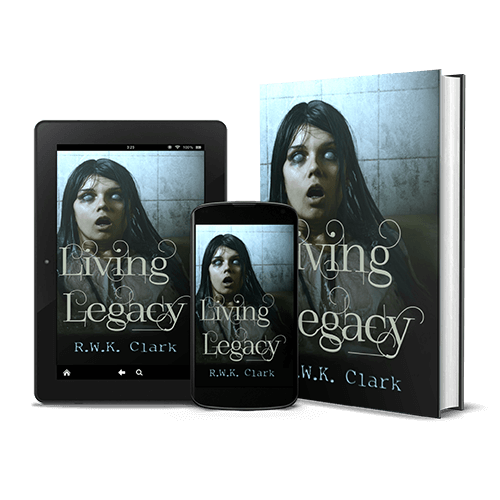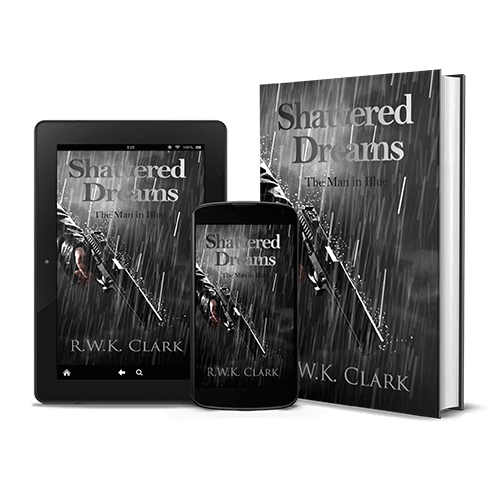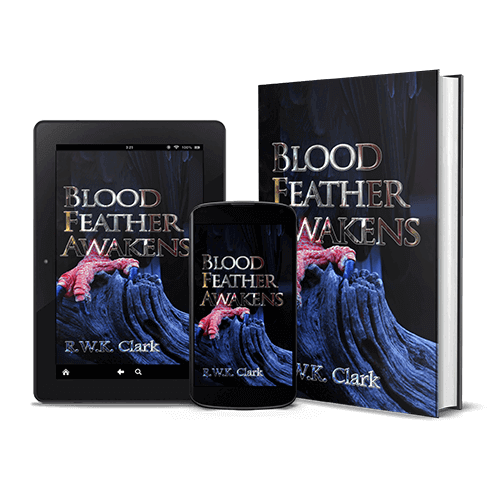We are seeing more scary stories to tell in the dark today than years before, and choosing the right one to read may not be easy.
A scary story is not different from other stories. They have a main character or characters, a goal, and obstacles that stand in the way of the main heroine. However, they also include more features like a creepy adversary, a scary setting, and a twist.
For example, imagine being at the heart of the Amazon Forest taking photos with your guide. An unknown bird comes from nowhere and kills your guide right on your watch! How will you flee for your life?
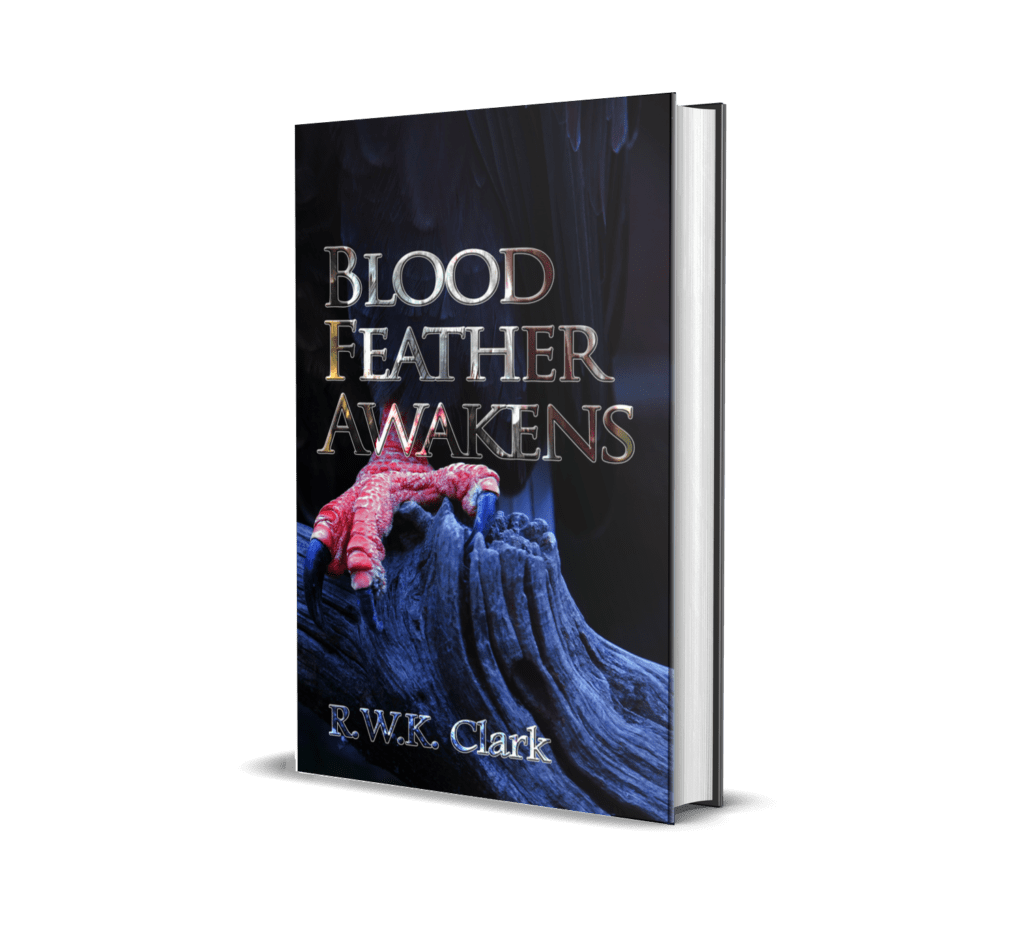
Well, your biggest concern would be survival! You want nothing but to get yourself out of the woods, frightened that you could be the next victim. But Sam Daniels’ first mission, a wildlife photographer in Blood Feather Awakens, is to take a photo of the creature. He hoped to find an expert who would tell him what that bird was.
How to Find More Scary Stories to Tell in the dark
The first thing you want to have in the story you select is a dark, isolated, and imprisoning setting. Yes, look for a story where the character fights or escapes from an unknown monster in the dark or rainy and stormy setting. Look for the one that makes them as helpless as possible to the point that they feel like giving up. But the story must be pushing them harder every moment such that it will leave you wondering what might happen next.
The next thing you want to do is follow the character as far as you can. Follow them in environments where the source of help is not near. Where they cannot communicate or even find their way to safety easily. Maybe there are scary serial killers running about in their town or a mysterious unmarked van parked across from their house watching them.
R WK Clark takes Sam Daniels for the first time in the Amazon Forest and then kills his guide through the unknown bird. What happens next? It’s a struggle to escape, but he must take the photo of the creature to experts for research.
-------------------------------------------------- --------------------------------------------------
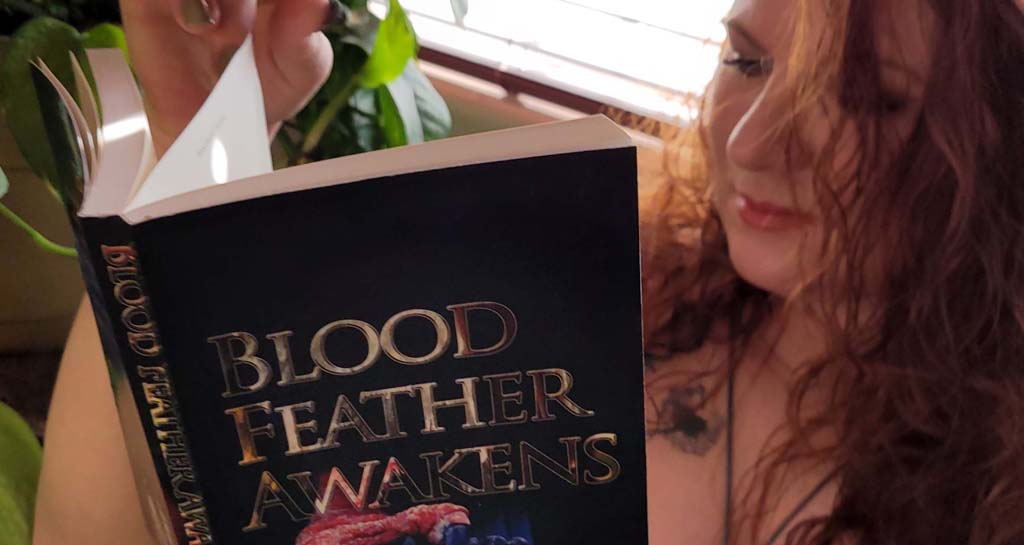
Similarly, you can find a story that traps the main character somewhere if you are interested in reading more scary stories to tell in the dark.
How can you Choose More Scary Stories to Tell in the Dark Through Characters?
After you get a story with scary settings, having one or two good characters is not enough. Instead, look for something that builds some creepy opponents. Do not go for a book that limits the good guys into fighting only one battle.
A perfect story that includes creepy characters is Blood Feather Awakens, where, on one hand, Sam and Kate hunt the monster against Dr. Harold Kreiger and Dr. Roy Hastings. R.W.K. Clark makes the two adversaries have malicious intentions. The two want to catch the creature first so that they can gain fame and go down in history as the people who discovered the creature.
On the other hand, Sam and Kate have the purest intent. Their drive is to find out what that creature is. Their bond grows stronger as they hunt for it, making the reader flow with the story and fall in love with them deeper.
These stories may also make something feel wrong with the creepy characters even if they are like you and me. For example, Kate felt something was wrong when she wanted to tell Dr. Harold Kreiger about the killer bird.
Although the reader did not know whether she was right in her sentiments, it turns out that her colleague started working against her to benefit by catching the bird first.
-------------------------------------------------- --------------------------------------------------
More scary stories to tell in the dark could also add something magical or special to their personality.
Looking for a Twist
A story is not enjoyable if it flows in a predictable version from the beginning to the end. Good stories aim to shock the audience, which comes by changing the plot in a way that was unprecedented.
The twist shows the main characters or readers that everything is not as one would think. RWK Clark’s ‘Blood Feather Awakens’ is not short of this feature, as you can find here.
Final Thoughts
If you are thinking about more scary stories to tell in the dark, look at those whose settings and characters are suitable for the purpose. You should also seek to find stories that create a twist so that when you start to tell the story in the dark, it will scare your audience as far as you tell it right.
You like to read thriller books that keep you on the edge of your seat, right? Then you’ll love my thrillers! I know you’re busy and don’t have time to waste reading bad books. That’s why I wrote these thrillers with a quick pace and clever plot twists that will keep you entertained from beginning to end. Purchase my thrillers today on Kindle or Barnes & Noble!
Official Amazon Page – Official Barnes & Noble Page








